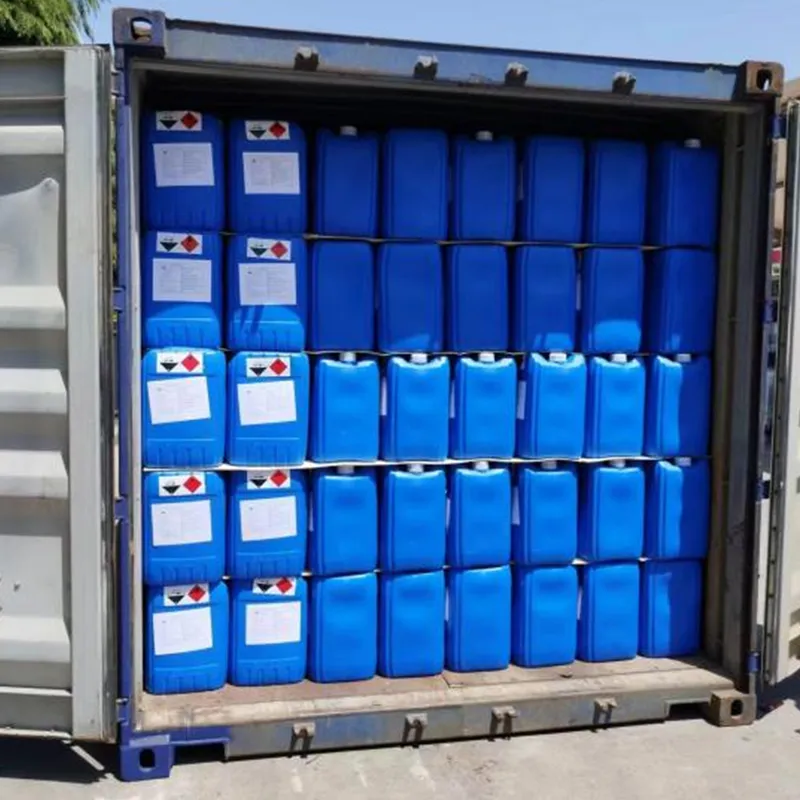
flavour enhancer e627
The Role and Impact of Flavour Enhancer E627 in Food Industry
Flavour enhancers have become a ubiquitous component in the modern food industry, allowing manufacturers to create foods that tantalize the taste buds and appeal to consumers' preferences. Among these enhancers, one notable additive is E627, also known as disodium guanylate. This compound is commonly used in conjunction with other flavour enhancers, particularly monosodium glutamate (MSG), to amplify and deepen the overall flavor experience of food products.
What is E627?
Disodium guanylate is a nucleotide that is often derived from the fermentation of certain types of yeast. It is categorized under the E-number system, which is a standardized coding system used in the European Union to identify food additives. E627 is generally recognized for its ability to enhance the umami flavor, which is the savory taste found in foods such as meats, legumes, and aged cheeses. When used in conjunction with other enhancers like E621 (MSG), E627 can produce a synergistic effect, significantly boosting flavor without the need for additional salt or sugar.
Applications in Food Products
E627 is commonly found in a wide variety of processed foods. Its applications range from snacks to soups, sauces, and meat products. For instance, it is prevalent in instant noodles, where it plays a crucial role in developing the rich and savory taste profile that consumers associate with their favorite flavors. Additionally, E627 is often used in seasoning blends, gravies, and canned goods, providing depth and enhancing the palatability of these products.
Moreover, E627 is particularly valuable in vegetarian and vegan products, where it can help replicate the savory flavors typically found in animal-based foods. This makes it a go-to ingredient for plant-based food manufacturers striving to meet the growing demand for meat substitutes that still offer robust flavor experiences.
flavour enhancer e627

Safety and Regulations
The safety of using E627 in food products has been extensively studied. Regulatory bodies, including the European Food Safety Authority (EFSA) and the Food and Drug Administration (FDA) in the United States, have deemed it safe for consumption when used in appropriate amounts. However, as with any additive, some individuals may experience sensitivities or allergic reactions. Therefore, it is essential for manufacturers to include clear labeling that allows consumers to make informed choices.
Consumer Perception and Trend
Despite the regulatory approval and safety assurances, consumer perception of artificial additives like E627 can be mixed. In recent years, there has been a trend toward clean eating and the demand for natural ingredients, leading some consumers to be wary of additives. This shift has prompted manufacturers to adapt by offering products that are free from artificial flavor enhancers or by using natural alternatives like yeast extract, which can provide similar benefits without the stigma associated with synthetic additives.
The Future of E627 in the Food Industry
As the food industry continues to evolve, the role of E627 and similar additives will likely adapt as well. With the increasing interest in healthier, more transparent food production practices, we may see a push toward using E627 in more wholesome formulations. Efforts to educate consumers about the safety and functionality of flavour enhancers will also be vital in maintaining the market presence of E627.
In conclusion, flavour enhancer E627 plays a fundamental role in the food industry, particularly in enhancing the umami flavor of various products. While consumer attitudes towards food additives are changing, E627 continues to be a staple ingredient that helps food manufacturers meet the diverse tastes and preferences of modern consumers. As the industry strives for balance between flavor, health, and transparency, E627 will undoubtedly navigate the challenges and opportunities that lie ahead.
-
Understanding Synthetic Rubber OptionsNewsApr.27,2025
-
Trichloroisocyanuric Acid: Essential for Clean and Safe WaterNewsApr.27,2025
-
Sodium Dichloroisocyanurate: Key to Safe Water TreatmentNewsApr.27,2025
-
Sodium Acid Pyrophosphate: Essential in Modern Food ProcessingNewsApr.27,2025
-
Essential Water Treatment ChemicalsNewsApr.27,2025
-
Denatured Alcohol and Its Industrial UsesNewsApr.27,2025
-
The Versatile Uses of Sodium BicarbonateNewsApr.24,2025
Hebei Tenger Chemical Technology Co., Ltd. focuses on the chemical industry and is committed to the export service of chemical raw materials.
-

view more DiethanolisopropanolamineIn the ever-growing field of chemical solutions, diethanolisopropanolamine (DEIPA) stands out as a versatile and important compound. Due to its unique chemical structure and properties, DEIPA is of interest to various industries including construction, personal care, and agriculture. -

view more TriisopropanolamineTriisopropanolamine (TIPA) alkanol amine substance, is a kind of alcohol amine compound with amino and alcohol hydroxyl, and because of its molecules contains both amino and hydroxyl. -

view more Tetramethyl Thiuram DisulfideTetramethyl thiuram disulfide, also known as TMTD, is a white to light-yellow powder with a distinct sulfur-like odor. It is soluble in organic solvents such as benzene, acetone, and ethyl acetate, making it highly versatile for use in different formulations. TMTD is known for its excellent vulcanization acceleration properties, which makes it a key ingredient in the production of rubber products. Additionally, it acts as an effective fungicide and bactericide, making it valuable in agricultural applications. Its high purity and stability ensure consistent performance, making it a preferred choice for manufacturers across various industries.











